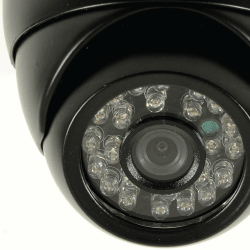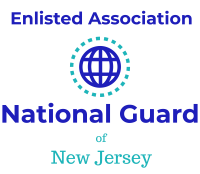
CCTV-controlled cameras can recognize, track, and classify objects in their field of view. Video content investigation, likewise alluded to as video examination, is the capacity of naturally breaking down video to identify and decide fleeting occasions not in light of a solitary picture, yet rather object order. Somewhat recently, further developed VCA highlights have been created. Past perceiving explicit shapes and tones, VCA applications currently can investigate more complicated situations. click here for High-level VCA applications that can precisely arrange object types because of their shape and movement conduct and they can likewise quantify object speed.
Some video investigation applications can be utilized to apply rules to assigned regions practically. These guidelines can connect with access control. For instance, they can portray which items can go into a particular region, when they are permitted to enter, or inside what conditions. Essentially applied rules can likewise connect with different movement circumstances. VCA-based CCTV frameworks can be set to recognize irregularities in a group, for example, an individual moving the other way in which they are typically expected (for example debarking from a plane at an air terminal or leaving through an entry in a tram).
Maintenance, stockpiling, and protection

There is a cost in the upkeep of the photos made by CCTV systems. The total and nature of data set aside on accumulating media are reliant upon pressure extents, pictures set aside each second, and picture size and are influenced by the upkeep season of the accounts or pictures. DVRs store pictures in an assortment of exclusive document designs. Accounts might be held for a preset measure of time and afterward naturally chronicled, overwritten, or erased, not set in stone by the association that created them.
IP cameras
- A developing branch in CCTV is web convention cameras (IP cameras). It is assessed that 2014 was the principal year that IP cameras surpassed simple cameras. IP cameras utilize the Internet Protocol (IP) utilized by most Local Area Networks (LANs) to send video across information networks in a computerized structure. IP can alternatively be sent across the public web, permitting clients to see their cameras somewhat on a PC or telephone employing a web association.
- For the expert or public framework security applications, IP video is limited to inside a confidential organization or VPN. IP cameras are viewed as a feature of the Internet of Things (IoT) and have large numbers of similar advantages and security gambles as other IP-empowered gadgets.
- Principal sorts of IP cameras incorporate fixed cameras, container slant zoom (PTZ) cameras, and multi-sensor cameras. Fixed cameras’ goal can fluctuate in light of the application region however commonly doesn’t surpass 20 MP. The fundamental element of a PTZ is its far-off directional and optical zoom capacity. With multi-sensor cameras, more extensive regions can be checked and many megapixel goals can be accomplished.
- Modern video reconnaissance frameworks use network video recorders to help IP cameras. These gadgets are answerable for recording, stockpiling, video transfer handling, and alert administration. Beginning around 2008, IP video observation makers can utilize a normalized network interface (ONVIF) to help similarity between frameworks.
Organizing CCTV cameras
The city of Chicago works on an organized video observation framework that consolidates CCTV video feeds of government organizations with those of the confidential area, introduced in city transports, organizations, government-funded schools, tram stations, lodging projects, and so on. Indeed, even property holders can contribute film. The framework is involved by Chicago’s Office of Emergency Management in the event of a crisis call: it distinguishes the guest’s area and quickly shows the continuous video feed of the closest surveillance camera to the administrator, not needing any client mediation. While the framework is unreasonably immense to permit total ongoing observing, it stores the video information for use as proof in criminal cases.
Remote surveillance cameras
Various clients are going to distant observation cameras for home surveillance. Distant cameras needn’t bother with a video interface for video/sound transmission, basically a connection for power. Far-off cameras are moreover straightforward and modest to present yet come up short on the trustworthiness of forever setting up cameras. Previous times of distant reconnaissance cameras relied upon straightforward development; current far-off cameras use electronic advancement which conveys crisper sound, more sharp video, and a safe and without impedance sign.
